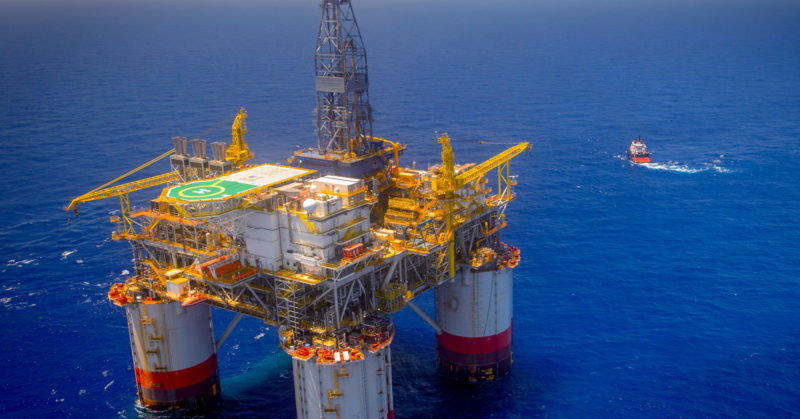Chevron’s long-troubled Big Foot tension leg platform got its final pre-production inspection from the federal Bureau of Safety and Environmental Enforcement Nov. 15 and saw first oil five days later, the agency said.
Moored in the Gulf of Mexico about 225 miles south of New Orleans, the Big Foot platform was originally scheduled to go into production back in 2014. But strong Gulf loop currents delayed its arrival on site for months, and then a major failure of the mooring system put the project on hold.
“The mission of the Bureau of Safety and Environmental Enforcement is to ensure offshore oil and gas companies operate in a safe and environmentally sustainable way,” Amy Pellegrin, BSEE’s Houma (La.) District acting district manager, said in announcing the inspection results. “Big Foot is the second deepwater production facility to come on line in our district this year and we’ve been monitoring their activities to ensure they meet all federal regulations.”
The typical timeline from an oil company deciding to start a project to going into production is usually about 10 years, according to BSEE officials.
“In Big Foot’s case, that time was extended by a few years because of technical difficulties with its 16 mooring tendons during the initial installation in 2014. Those issues had to be resolved before the platform could be attached and operated safely,” according to the agency statement.
After the mooring complication, BSEE continued to monitor Chevron's plans to secure and stabilize the mooring lines, repairing or replacing the broken tendons and installing others. As had been speculated in the industry at the time of the initial failure, Big Foot’s mooring tendons needed to better withstand the loop current — the open ocean flow that warm Caribbean water through the Yucatan Channel between Cuba and Mexico and up through the Gulf of Mexico.
“New technologies and innovation are brought into each new platform design,” said Devon Hillman, BSEE Gulf of Mexico petroleum engineer. “As operators take on more deepwater exploration and production, they adapt to the many challenges deepwater brings.”
BSEE’s role is to ensure those adaptations are safe and environmentally sustainable, and the agency conducted several production safety system reviews and pre-production inspections prior to approving Chevron’s move to begin production, agency officials said.
“With each physical inspection, we confirmed that Chevron’s schematics, diagrams and plans were accurate and that the systems would operate as designed,” said Pellegrin.
The Big Foot TLP is located in the Walker Ridge 29 area of the Gulf of Mexico, in about 5,200’ of water. It has production capacity up to 75,000 bbls. of oil and 25 million cu. ft. of gas per day.





